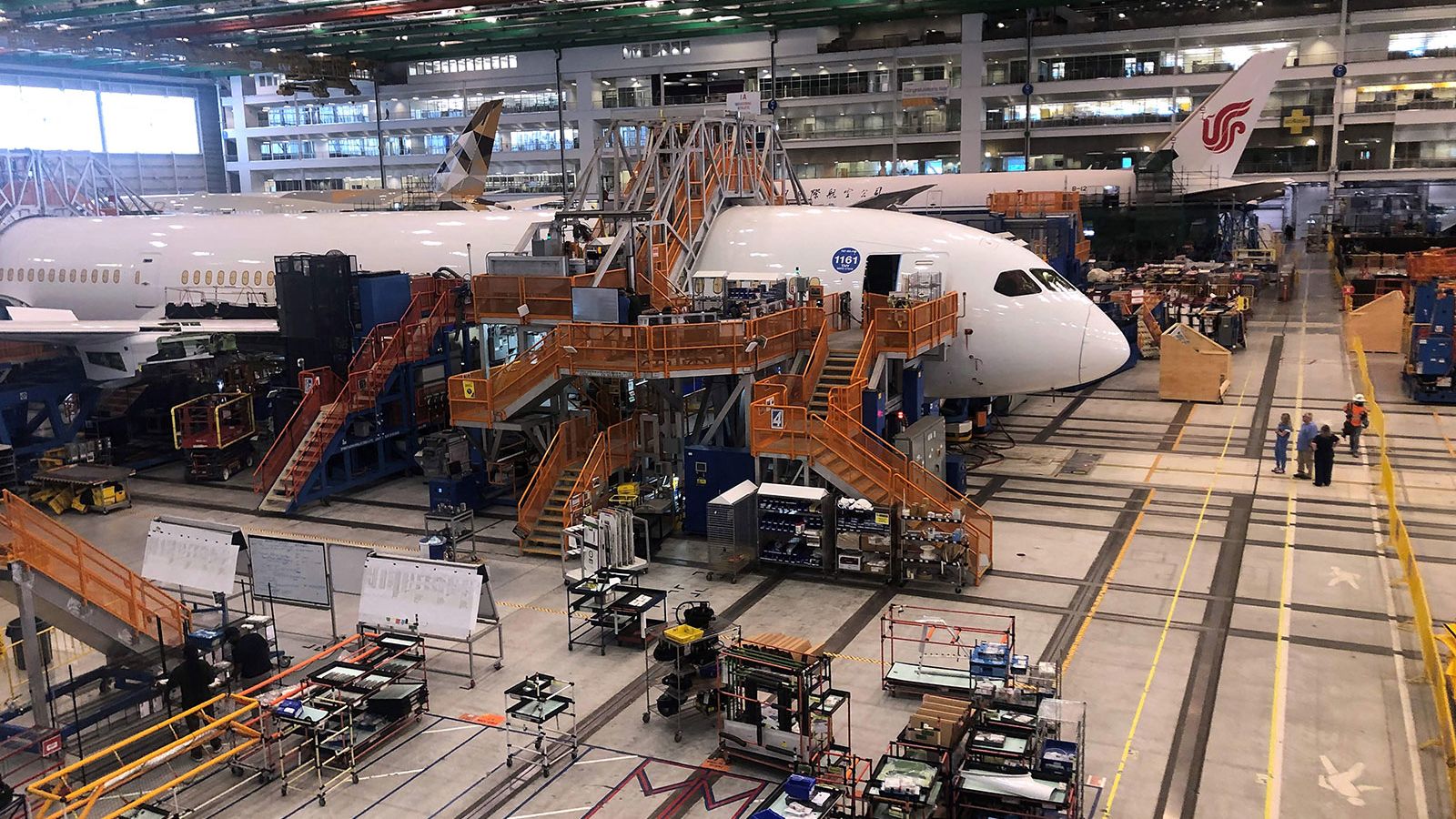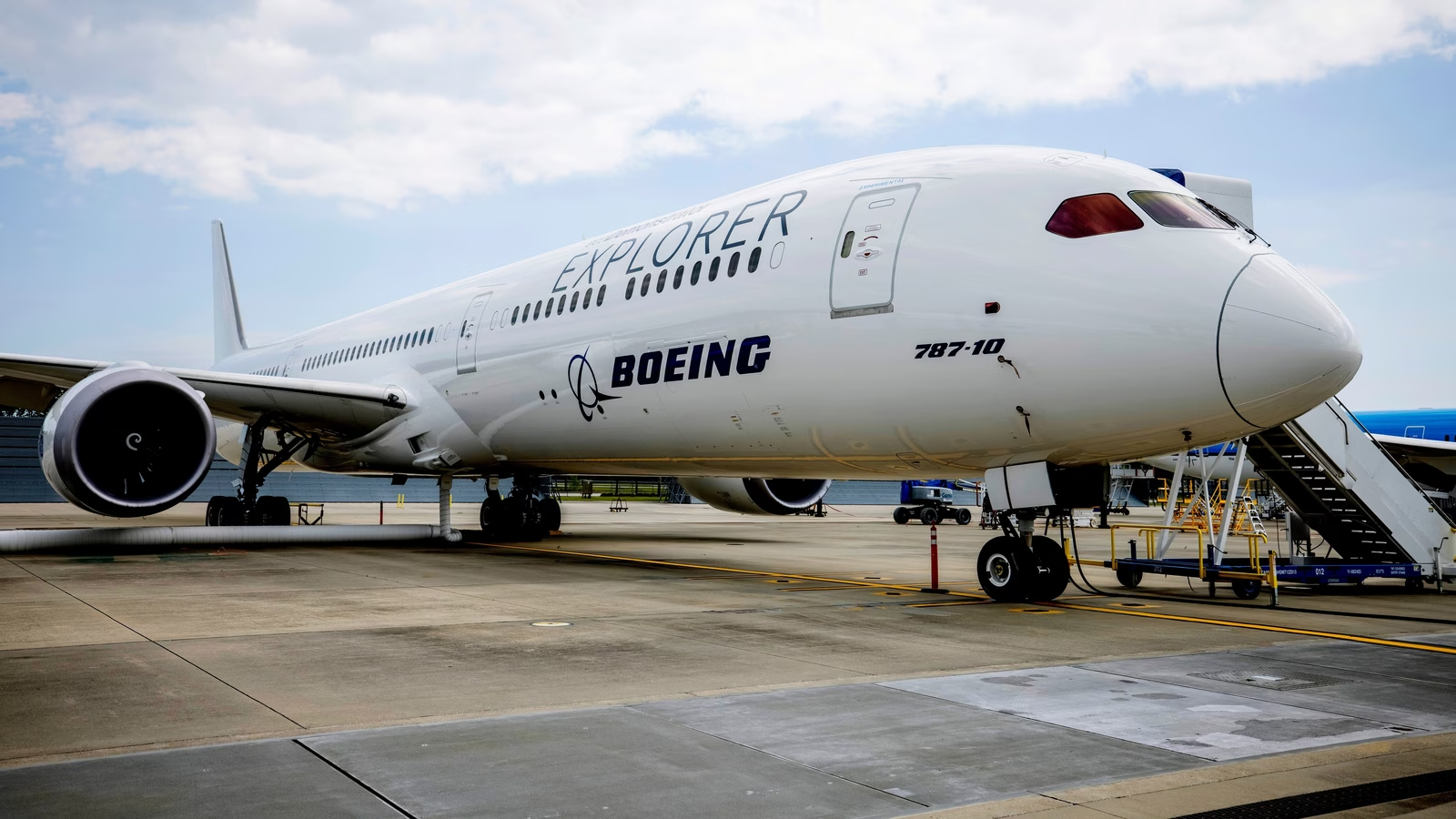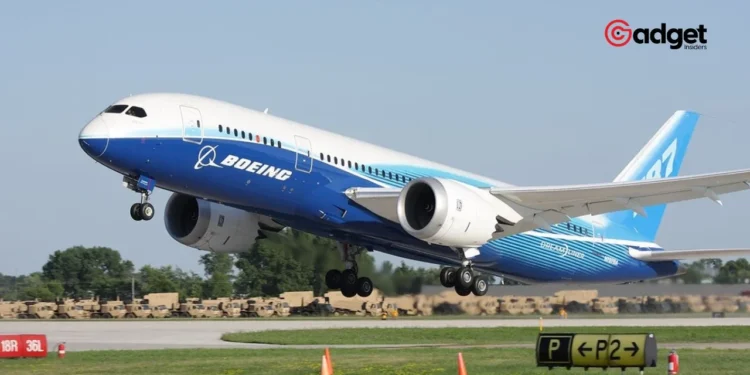The Federal Aviation Administration (FAA) has recently opened a formal investigation into Boeing after the aerospace giant reported discrepancies in the inspection records of some of its 787 Dreamliner aircraft. This probe underscores growing concerns about aviation safety and compliance standards within major aircraft manufacturers.

Boeing’s Troubling Admission
Boeing has acknowledged that certain employees bypassed crucial inspections but reported them as completed. These inspections, essential for verifying the proper bonding and grounding of the fasteners that connect the wings to the fuselage, are critical in ensuring the aircraft’s safety against electrical currents, such as those from a lightning strike.
The integrity of these processes is vital, as they directly impact the overall safety and functionality of the aircraft.

Scope of the Issue
The investigation has revealed that around 450 aircraft could potentially be affected, including approximately 60 still within Boeing’s production system. In response, Boeing has initiated a re-inspection of the planes still under its control.
Despite the severity of the oversight, the company’s engineers have assessed that there is no immediate safety concern, citing the aircraft’s design, which includes multiple redundancies to protect against such events.

Boeing’s Internal Response
Boeing’s internal communication regarding the issue was brought to light in an email from Scott Stocker, Vice President and General Manager of the 787 program.
Stocker’s email, which was obtained by CBS News, emphasized that the detected misconduct did not pose an immediate safety threat. He detailed how the issue was escalated within the company, leading to a swift internal review and subsequent actions against the involved employees.
“The teammate saw what appeared to be an irregularity in a required conformance test in wing body join. He raised it with his manager, who brought it to the attention of executive leadership,” Stocker explained. He also reiterated Boeing’s zero-tolerance policy towards violations of company processes, emphasizing the steps taken to ensure quality and safety.
FAA’s Stance and Ongoing Actions
The FAA, through a spokesperson, has asserted its commitment to maintaining public safety, indicating that it will take necessary actions based on the investigation’s findings.
“As the investigation continues, the FAA will take any necessary action – as always – to ensure the safety of the flying public,” stated the FAA spokesperson.
This incident comes on the heels of testimony by the company’s quality engineer before a Senate sub-committee, where concerns about the 787 Dreamliner’s production were allegedly dismissed by management.
This backdrop of quality control issues highlights the challenges Boeing faces in maintaining the trust of regulators, airlines, and the flying public.
The FAA has launched a new investigation into Boeing after it emerged that some company employees skipped vital security checks on 787 Dreamliners. #boeing_787_dreamliner https://t.co/tbV6ofwFOO
— TAG24 NEWS (@TAG24_NEWS) May 7, 2024
Implications for the Aviation Industry
This unfolding situation with Boeing’s 787 Dreamliner represents a critical juncture for the aviation industry, as it deals with issues of transparency and compliance.
For the company, the stakes are high, as the company seeks to rebuild its reputation in the aftermath of previous controversies surrounding aircraft safety. For the FAA, the challenge will be to enforce regulations effectively and restore public confidence in the air travel system’s integrity.
As the investigation progresses, both Boeing and the FAA are under scrutiny, and their responses could have lasting impacts on the standards and practices of the aviation industry worldwide.
The outcomes of this probe will likely influence future regulatory and operational protocols, aiming to prevent similar issues from arising and ensure the safety of passengers and crew aboard commercial flights.










